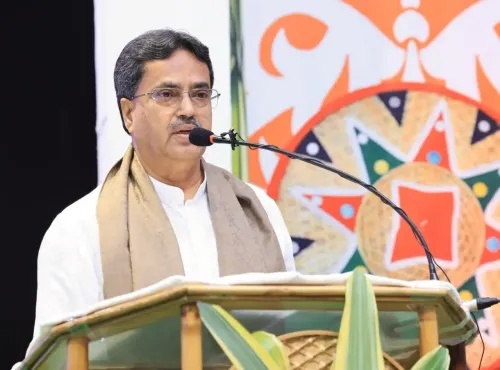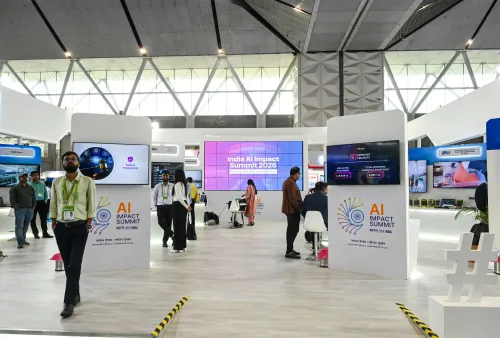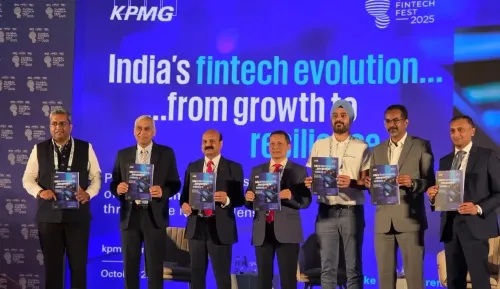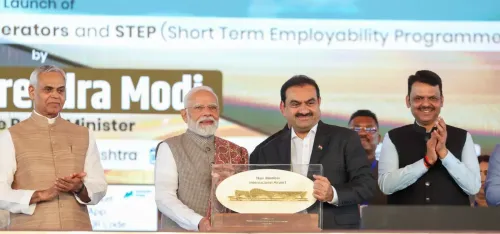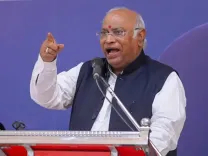What Caused the 25% Surge in Leasing Volume in Top Indian Cities?

Synopsis
Key Takeaways
- Leasing volume reached 2.41 million square feet in Q3 2025.
- 25.2% YoY growth in retail leasing.
- Mumbai contributed 24.5% to leasing.
- High streets and malls showed strong demand.
- 3 million square feet expected in Q4 2025.
New Delhi, Oct 8 (NationPress) The demand in India’s retail sector remained robust during the July-September period (Q3 2025), as the gross leasing volume in the leading eight cities soared to 2.41 million square feet (MSF). This represents a 7.6 percent increase compared to the previous quarter (QoQ), according to a report released on Wednesday.
A report by Cushman & Wakefield reveals that the year-to-date (YTD) leasing volume reached 7.02 million square feet, showcasing a remarkable 25.2 percent year-on-year (YoY) growth. This trend suggests that the market is on course to exceed the 2024 full-year GLV of 7.88 MSF.
This growth reflects stable occupier demand and strong momentum across both high streets and malls, as highlighted in the report.
Malls absorbed 1.16 million square feet (MSF), accounting for 48 percent of leasing in Q3 2025, with a notable 15 percent quarter-over-quarter (q-o-q) growth.
High streets represented 52 percent share with 1.25 MSF leased, marking a 1.5 percent increase QoQ. It is essential to note that this was the second consecutive quarter without any new Grade A mall completions, maintaining YTD additions at 1.3 MSF.
This supply limitation has driven vacancy levels down by 91 basis points QoQ to 7.25 percent, emphasizing the need for new inventory. Mall rents remained steady quarter-on-quarter, while main streets experienced a 1 percent quarterly increase, according to the report.
Domestic retailers comprised 82.5 percent of the activity, demonstrating the resilience and expansion of local brands, while international brands focused on mall openings.
In terms of categories, fashion (21.4 percent), food and beverage (F&B) (19.3 percent), and entertainment (15.8 percent) emerged as primary demand drivers.
Mumbai, Delhi-NCR, and Hyderabad collectively contributed to nearly two-thirds of year-to-date leasing, with Mumbai alone accounting for 24.5 percent.
“India's retail sector is on a growth path, fueled by changing consumer preferences and an increasing demand for quality retail spaces. While current supply constraints pose challenges in the short term, they also highlight the sector’s inherent strength,” stated Gautam Saraf, Executive Managing Director-Mumbai and New Business, Cushman & Wakefield.
The report anticipates a pipeline of around 3 million square feet in Q4 and 15.5 million square feet through 2027, which is expected to assist in rebalancing supply and demand.
- –IANS
aar/na

